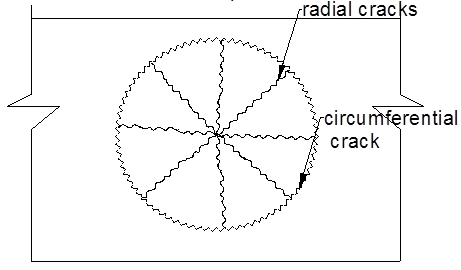Benefits of using amorphous metallic fibres in concrete slabs-on-grade
DOI:
https://doi.org/10.21809/rilemtechlett.2016.20Keywords:
Fibre reinforced concrete (FRC), Slabs-on-grade, Inelastic analysis, Flexural toughnessAbstract
The effective utilization of pseudo-ductile materials like Fibre Reinforced Concrete (FRC) depends on the incorporation of suitable material parameters in appropriate design approaches. A design methodology has been developed for slabs-on-grade addressing various failure patterns, and giving a performance requirement as the design output. This opens up the choice of fibres, allowing the use of combinations of fibres to suit the service requirements. In this context, the current study explores the use of hybrid combinations of conventional steel fibres (SF) and a genre of corrosion-resistant amorphous metallic fibres (AMF) that have the ability to significantly enhance the flexural strength of concrete, even at relatively low dosages. It is shown that AMF, when used in combination with SF, results in a synergistic response with respect to toughness; mixes with 15 kg/m3 of SF and 20 kg/m3 of AMF exhibit about 50% higher characteristic flexural strength and more than double the characteristic equivalent flexural strength than the mix with 15 kg/m3 of SF alone, in the concrete considered here. Consequently, when FRC with a hybrid combination of fibres (AMF+SF) was considered in design, a significant reduction in thickness of slab was possible, in comparison to FRC with only SF.
Downloads
Published
How to Cite
Issue
Section
License
Authors retain copyright of the articles published in RILEM Technical Letters and grant the journal the right of first publication with open access. The work is simultaneously licensed under Creative Commons Attribution 4.0 International License (CC BY 4.0) that allows others to share and adapt the work under the following terms: 1) a proper attribution is given in a form of bibliographic record with the DOI link directing to RILEM Technical Letters; 2) a link to the license is provided; 3) the changes (if any) are indicated.









